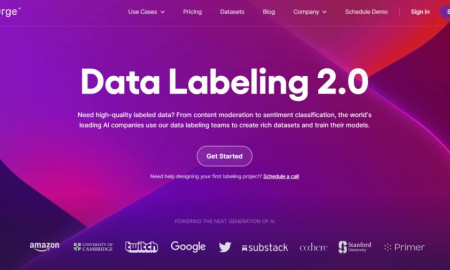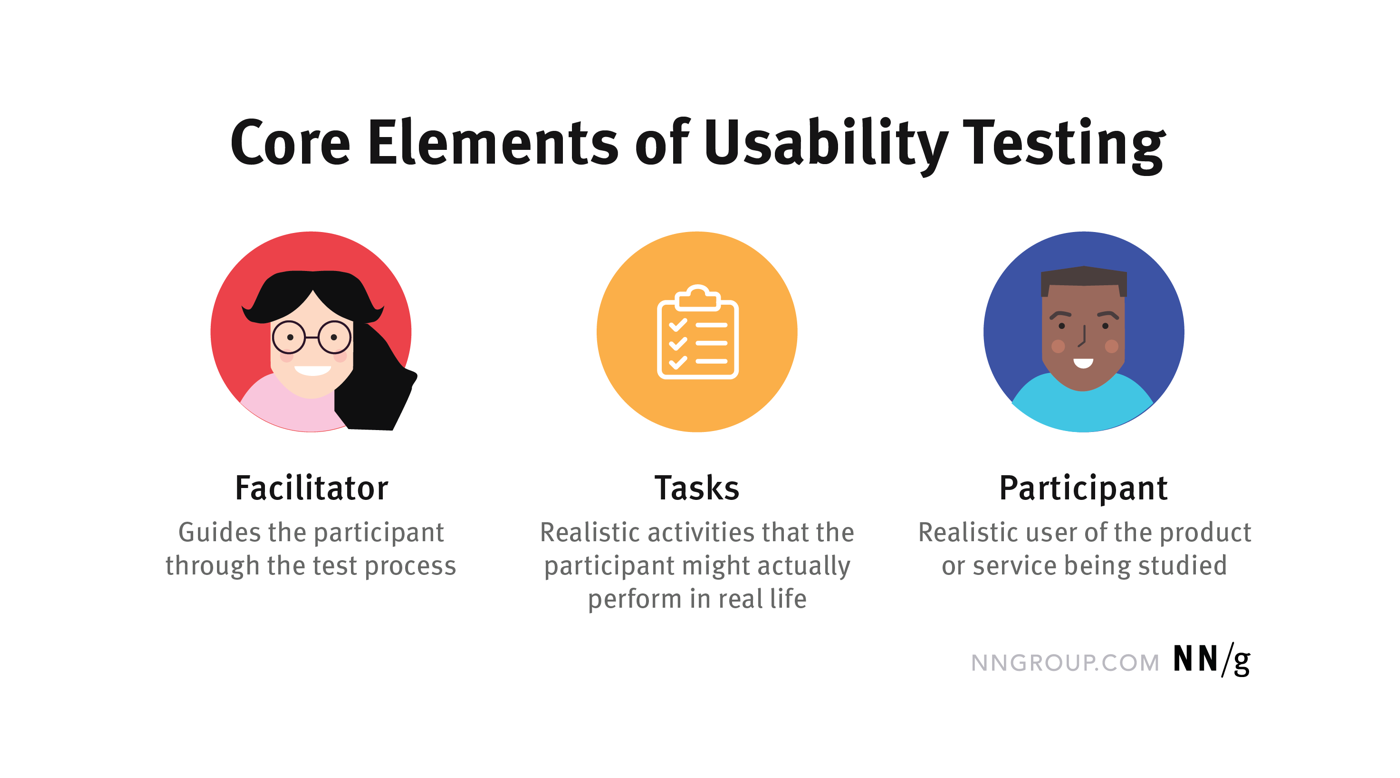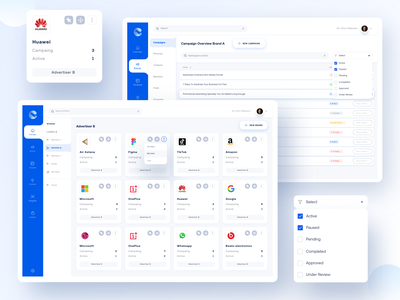
You can learn to design the user experience of digital products by taking an online UX design course. It can help you begin a rewarding career. These courses help you understand the design principles and show you how to find the right design. By working on real-world tasks, you will also be able to improve your knowledge.
The user experience (UX) design process begins with defining problems and recognizing user needs. This is followed up by prototyping the product and user testing. You can then create a great product. Although the process is daunting, there are many ways to make it simpler. A combination of a few strategies will quickly make you a successful UI/UX creator.

Online courses are plentiful. Some of them can be taken for free. Some courses are free. However, some can be purchased for a fee. If you choose to take the full-fledged course, you will receive an industry-recognized completion certificate. You can also use the certificate to highlight on your resume.
Pixpa is a mobile website that teaches you how to design mobile app user experiences. It is easy to use and offers a free 15-day trial. You can also sell your designs. It also allows you to upload images of your designs for other designers.
A UX design bootcamp is another great option. This program teaches how to design and test mobile apps and websites. Many companies prefer designers with portfolios.
While there are many options for a UX design course, you should consider how much time you have to dedicate to it. Some programs require you spend at least twenty hours per week. Other programs can be worked on the side. If you are only able to commit to a few hours a week, you can still achieve your goal.

Copying outstanding work can help you improve your UI/UX design skills. It is a great way to build your personal signature. You may also find it helpful to take notes and learn from the best projects.
You can also gain an edge in the UI/UX designing field by asking questions and focusing on the details. Even those who don't have any previous experience in the field can learn by studying case studies and using other self-teaching techniques.
You should seek out accredited courses to ensure that you're learning the most recent information. One of these is the CareerFoundry UX design bootcamp. You can go from beginner to professional with this course's ten-month-long training and twenty-three hours of work per week. Experts in the field will give you personalized feedback.
Google also offers a UX course if you're ready to get into the UI/UX design industry. Google's UX training course is intended for intermediate designers. Google's UX course will teach you how to create apps and give you access to the expert instructors.
FAQ
How to Create a Static Website
There are two options for creating your first website:
-
Content Management System (a.k.a. WordPress: This software can be downloaded and installed on your computer. This software can then be used to create an indispensable website.
-
How to Create a Static HTML Website. In this instance, you will need to write your HTML/CSS codes. It's not hard to do if you already understand HTML.
You might consider hiring an expert to design your website if you are planning to build a large site.
Start with option 2.
What is a UI developer?
A user interface (UI) designer creates interfaces for software products. They are responsible to design the layout and visual elements for an application. They may also include graphic designers.
The UI Designer must be able to solve problems and understand how people use computers.
A UI designer needs to be passionate about software and technology. He/she must understand all aspects of the field, from developing ideas to implementing those ideas into code.
They should be capable of creating designs using a variety tools and techniques. They should be creative thinkers and be able to solve problems using innovative solutions.
They must be organized and detail-oriented. They should be able develop prototypes quickly, efficiently and accurately.
They should be comfortable working alongside clients large and small. They should be able, and willing, to adapt in different environments and situations.
They should be able speak clearly and effectively with others. They should be able communicate clearly and concisely.
They must be well-rounded and have strong communication skills.
They should be motivated and driven.
They should be passionate about their craft.
What HTML and CSS are available to help me build my website?
Yes! Yes!
You're now familiar with the basics of creating a website structure. However, you must also learn HTML and CSS Coding.
HTML stands to represent HyperText Markup Language. It is similar to writing a recipe. You would list ingredients, directions, etc. HTML also tells a computer what parts of text should be bolded, underlined or italicized. It is the language used to describe documents.
CSS stands for Cascading Style sheets. It's like a stylesheet for recipes. Instead of listing all ingredients and instructions, you simply write down the basic rules for things such as font sizes, colors or spacing.
HTML tells the browser how to format a web page; CSS tells it how to do it.
Don't worry if you don't know the meaning of either one of these terms. Follow these steps to make beautiful websites.
What is a static website?
Static websites are those where all content is stored on a web server and can be accessed by users via their web browsers.
The term "static", as it is sometimes called, refers not to dynamic features such changing images, videos, animations, etc.
This type of website was originally created for use in corporate intranets. It has since been adopted both by individuals and small companies who are looking for simple websites that do not require any programming.
Because they are easier to maintain, static sites have been growing in popularity. They are simpler to update and maintain than fully-featured websites that have many components (like blogs).
They also load more quickly than dynamic counterparts. This makes them great for those who have slow Internet connections or users with mobile devices.
In addition, static sites are more secure than their dynamic equivalents. It is difficult to hack into static websites. Hackers have only access to data stored in a database.
There are two main ways to create a static website:
-
Use a Content Management System (CMS).
-
Creating a Static HTML Website
The best one for you will depend on your specific needs. If you're new to creating websites, I recommend using a CMS.
Why? Because it gives you complete control over your website. You don't even need to hire someone for help setting up your CMS. Upload files directly to the CMS.
You can still learn code and create static sites. But you'll need to invest some time learning how to program.
Is web design difficult?
Web Development is hard but you can learn it if you are passionate about coding.
It is as easy as finding the right tools for you and following them step by step.
Many tutorials are available on YouTube and other platforms. There are also free online programs like Sublime Text and Notepad++.
You can also find many books in libraries and bookstores. Some of the most sought-after books are:
O'Reilly Media, "Head First HTML and CSS"
O'Reilly Media's Head First PHP and MySQL 5th Ed.
Packt Publishing - "PHP programming for absolute beginners"
I hope that this article has been helpful to you.
Statistics
- The average website user will read about 20% of the text on any given page, so it's crucial to entice them with an appropriate vibe. (websitebuilderexpert.com)
- It's estimated that in 2022, over 2.14 billion people will purchase goods and services online. (wix.com)
- Studies show that 77% of satisfied customers will recommend your business or service to a friend after having a positive experience. (wix.com)
- In fact, according to Color Matters, a signature color can boost brand recognition by 80%. There's a lot of psychology behind people's perception of color, so it's important to understand how it's used with your industry. (websitebuilderexpert.com)
- It's estimated that chatbots could reduce this by 30%. Gone are the days when chatbots were mere gimmicks – now, they're becoming ever more essential to customer-facing services. (websitebuilderexpert.com)
External Links
How To
How can I become a UI designer?
There are two ways to become a UI designer:
-
You can earn a degree in UI Design by going to school.
-
You can become a freelancer.
You will need to complete four years of college or university study if you plan to continue your education. This includes art, computer science, business, marketing, psychology, etc.
Classes can be taken at either state or community universities. Some schools offer programs for free, while others require tuition fees.
You will need to find work after graduation. If you plan to work for your own business, you need to establish a client base. It's important to network with other professionals, so they know you exist.
You can also look for opportunities to intern at companies that specialize in developing web applications. Many companies employ interns to gain practical experience before hiring full time employees.
A portfolio will help you get more work once you have established it. Your work samples and details about the projects should be included in your portfolio.
It's a great idea to email your portfolio to potential employers.
You will need to market your services as a freelancer. Advertise your services on job boards such as Indeed, Guru, Guru, and Upwork.
Many recruiters post job openings online and assign freelancers. These recruiters are looking for qualified candidates to fill certain positions in specific industries.
These recruiters often provide a briefing detailing the job requirements to the candidate.
Freelancers are not required by law to sign any long-term agreements. If you want to move ahead, it's best to negotiate an initial payment.
Many designers prefer to work directly with clients rather than through agencies. This may sound ideal but many people lack the skills.
Agency workers often have extensive industry knowledge. They also have access special training and resources that help them produce high-quality work.
Agency workers often receive higher hourly rates in addition to these benefits.
Working with an agency has the downside of not being able to contact your employer directly.
A UI designer must be self-motivated, creative and flexible.
It is also important to have great verbal and written communication skills.
UI designers are responsible to design websites using user interfaces (UI) as well as visual elements.
They also ensure that the site meets users' needs.
This involves understanding the information users need and how to make your site work.
To create wireframes, UI designers can use a variety of tools. Wireframing is a way for them to visualize the layout of a page prior to beginning their designs.
There are many wireframe templates available online. Anyone can create their own wireframes.
Some designers are solely focused on UI design while others blend UI design and graphic design.
Photoshop is a popular software used by graphic designers for editing images.
To create pages and layouts, they then use Adobe InDesign.
Photographers capture images using digital cameras or DSLRs.
The photos are then uploaded to a photo editing software where text captions, filters and other effects can be added.
The photographer saves the image to a file compatible with the website.
When building a website, it is essential to consider all aspects of the design process.
This includes research, planning, wireframing, prototyping, testing, coding, content creation, and publishing.
Research - Before you start a new project, it's important to do thorough research.
Planning – Once you've done your research, you will want to start developing a plan.
Wireframing- A wireframe - A wireframe represents a sketch of an application or web page.
Prototyping – Prototypes are used to verify that the final product is consistent with the original vision.
Testing - It is important to test the prototype several times in order to make sure it works.
Coding – Coding is the art of writing computer codes.
Content Creation - This includes everything from managing social media accounts to writing copy.
Publishing involves uploading files to a server, and making sure the site is accessible.
You'll need to be able to understand the different projects you work on as a freelance UX/UI Designer.
Some companies may only need wire frames while others require complete prototypes.
Depending on which type of project you accept you might be asked to do specific tasks.
If you are hired to create wireframes for a company, you may be expected to produce several wireframes each time.
If you're hired to create a complete prototype, you may be required to develop a fully functional version of the site.
No matter what type of project you are working on, it is important to have good interpersonal skills.
Referrals are the most common way that clients hire freelancers. You must establish solid relationships with potential employers.
Furthermore, you should be able and able to communicate both verbally AND in writing.
A portfolio is an important component of any freelancers' arsenal.
It displays your work and shows your ability to produce high-quality results.
You can take care of this by creating a professional portfolio online.
Find websites similar in your niche to get started.
These sites can be searched to determine which services they offer.
After identifying the best practices that you believe to be most successful, you can go ahead and implement them.
It's also useful to include links from your portfolio in your resume.